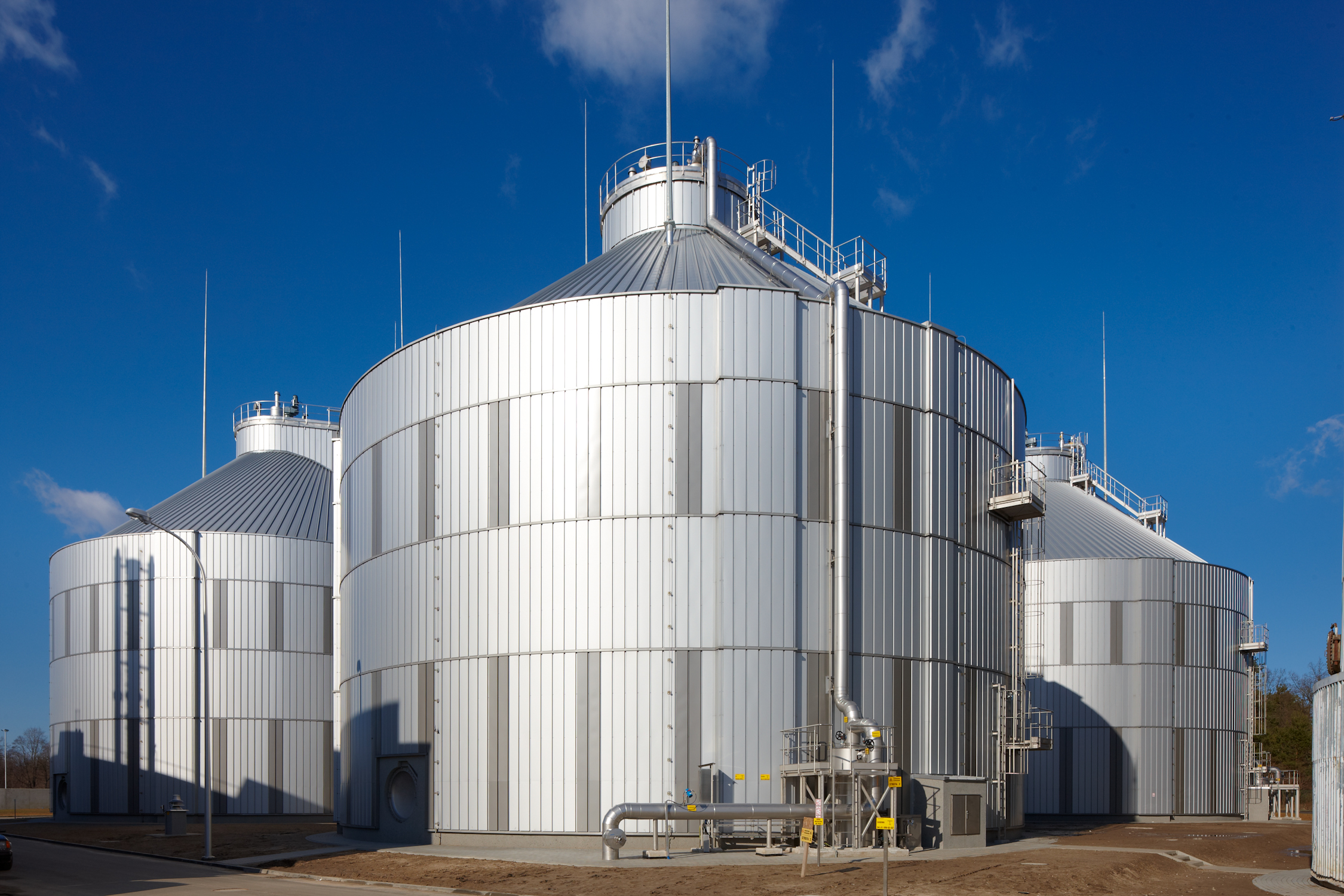

In the course of the EU directives on compliance with the EU wastewater standards, the construction of the Czajka large wastewater treatment plant in Warsaw constitutes one of the most important measures for environmental protection in Europe.
2,100,000
PE (population equivalent)
435,000 m³
wastewater treated per day
2 years
trial operation by WTE
The Czajka Wastewater Treatment Plant, the biggest treatment plant in Poland, was constructed in 2011 in the north-east of the capital Warsaw and ever since it has substantially improved the water quality of the Vistula river and thus also of the Baltic Sea.
The extension and modernisation of this plant, which was designed for a population of roughly 2.1 million PE, has helped to more than double its previous capacity of 200,000 m³ per day with a daily intake of 450,000 m³ – increasing to a potential intake of 515,000 m³ per day at peak times.
The Czajka wastewater treatment plant purifies more than 435,000 m³ of wastewater every day – the equivalent of 25 tanker trucks a minute.

The consortium was made up of WTE Wassertechnik GmbH, Veolia Water (France) and the Polish construction company Warbud SA. In addition to designing and equipping the mechanical purification stage and also the wastewater pre-treatment, WTE was responsible for the sludge treatment in particular.
In late 2011, after three years of construction work, the Czajka wastewater treatment plant was successfully completed. The project was implemented in two stages so that operations could continue uninterrupted during the construction work.
Phone: +49 201 8968 500
Email: info@wte.de